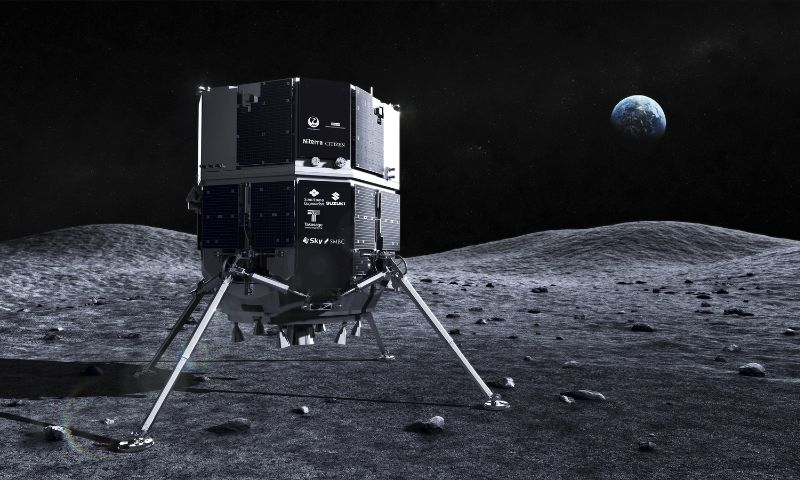TOKYO: A Japanese company’s attempt to carry out a historic private moon landing is presumed to have failed after the space firm lost communication with its lander moments before the planned touch down, saying it is likely that the latter crashed on the lunar surface.
Start-up iSpace, aiming to become the first private company to land a craft on the moon, said it was still unable to make a connection with the uncrewed Hakuto-R Mission 1 lander about 25 minutes after it was scheduled to have touched down on the moon’s surface
Communication was lost with Hakuto-R moments before its planned landing at approximately 16:40 GMT on Tuesday.
Our HAKUTO-R M1 lunar lander was scheduled to land on the surface of the Moon at approx. 1:40 (JST). As of 8:00 today (JST), communication between the lander at the Mission Control Center was lost and it has been determined that Success 9 of the milestones is not achievable.(1/3)
— ispace (@ispace_inc) April 26, 2023
Read more (3/3): https://t.co/g5TA5UdPU7#ispace #HAKUTO_R #lunarquest
— ispace (@ispace_inc) April 26, 2023
Engineers are investigating what happened.
The Tokyo-based company had hoped the lander would release an exploratory rover, as well as a tennis ball-sized robot developed by the toy company TOMY, which created the Transformers.
The craft, launched by a SpaceX rocket in December, had taken five months to reach its destination.
“We have not confirmed communication with the lander,” the company’s CEO Takeshi Hakamada said about 25 minutes after the planned touch down.
“We have to assume that we could not complete the landing on the lunar surface,” he said.
Hakamada added that despite not expecting to complete the mission, the company fully accomplished the significance of this mission and acquired a great deal of data and experience by being able to execute the landing phase.
The lander appeared set to touch down after coming as close as 295 feet (89 m) to the lunar surface, a live animation showed.
Just over 2m tall and weighting 340kg, the M1 lander was relatively small and compact by lunar spacecraft standards. It had been due for an hour-long landing manoeuvre from its orbit, around 100km above the moon’s surface, where it was moving at nearly 6,000km/hour.
The United States, Russia and China are the only countries to have managed to place a robot on the lunar surface, all through government-sponsored programmes.
The primary aim of the mission was to assess the viability of commercial launches to the lunar surface. It was iSpace’s first test of it hopes will be a series of commercial landers over the next few years, each more ambitious than the previous.
The company aspires to provide commercial services for a sustained human presence on moon, such as sending up equipment for mining and producing rocket fuel.























